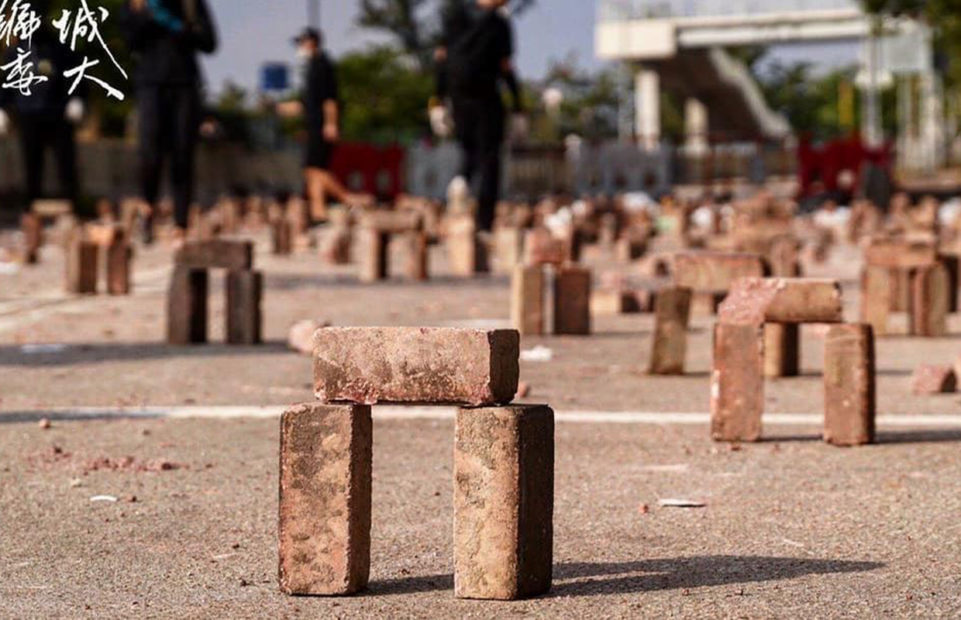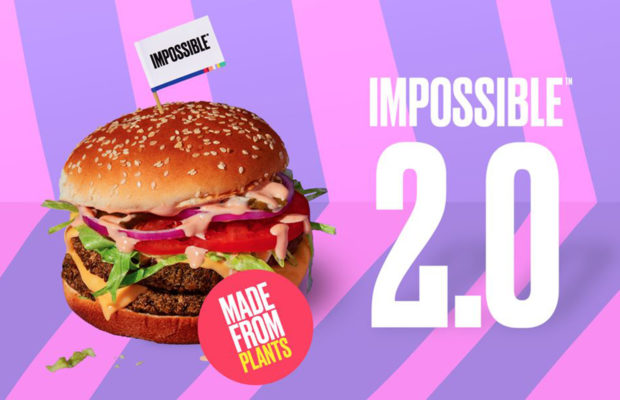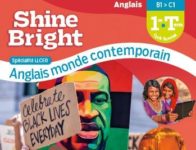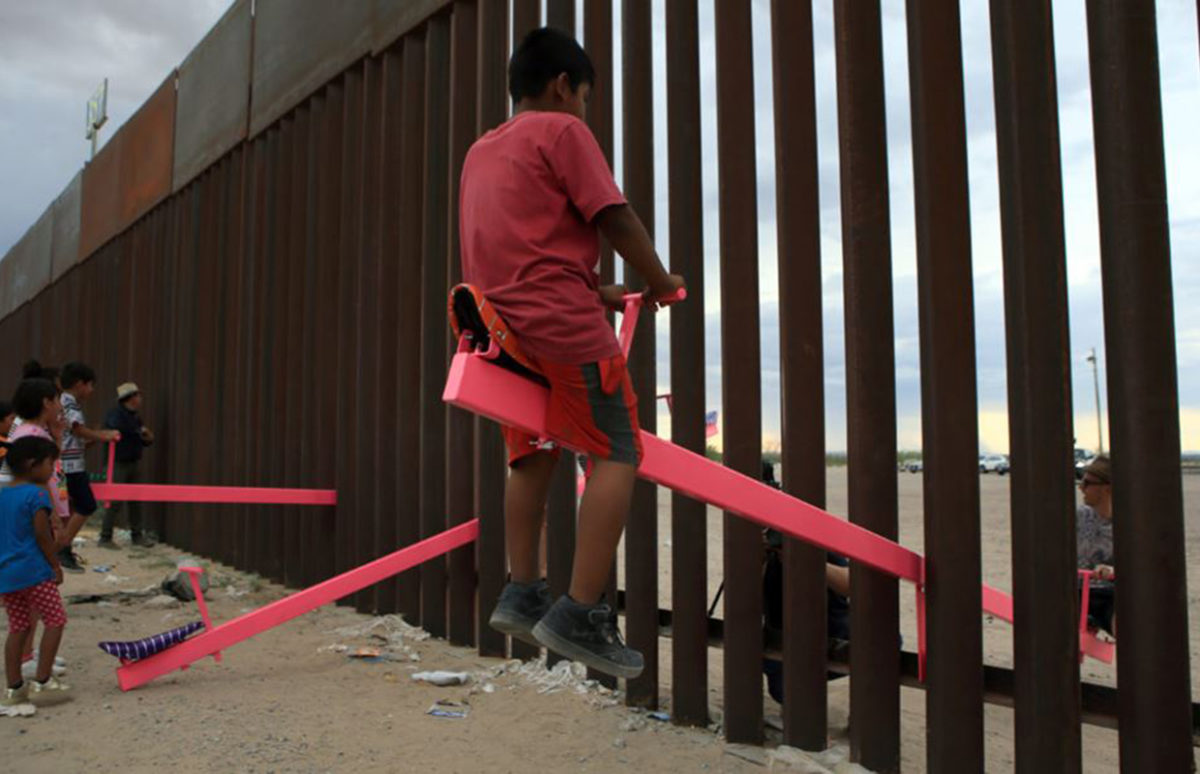The Design Museum in London has announced the winners of the 2020 Beazley Designs of the Year, honouring see-saws connecting children on both sides of the U.S.-Mexico border, improvised brick arches created by Hong Kong protesters and vegan burgers.
The Beazley awards don't only consider aesthetics and user experience. They look at the bigger picture of the effect generated by the designs. 74 designs were nominated in six rather elastic categories: Architecture, Digital, Fashion, Graphics, Product and Transport.
The overall winner, nominated in the transport category, was the Teeter-Totter Wall. It's probably a stretch calling it transport, but it was an inspiring, if short-lived symbol. Ronald Rael, a professor of architecture at the University of California, Berkeley, and Virginia San Fratello, an associate professor of design at San José State University, designed bright pink see-saws that they installed briefly through the U.S.-Mexico border wall between El Paso in Texas and Ciudad Juarez in Mexico. For a few minutes, children on either side of the wall could connect by playing on the see-saw. Rael explained the concept: “What’s really beautiful about it is that there has to be people on both sides of the wall, otherwise it’s just a piece of wood. It doesn’t work unless both communities are engaging, and they trust each other."
In the same category was the "People's Choice" winner, brick arches. These supremely simple but effective structures were used by protesters in Hong Kong to stop police cars. They only require three ordinary house bricks, simply arranged as two verticals and a horizontals. Dubbed "mini-Stonehenges", they were quick and easy to make but deceptively slow to clear away.

The product category was won by Impossible Burger 2.0, an updated version of a vegan burger that has become very popular since it was first launched in 2016. The new version is both more sustainable and more "beefy" than the original. With plant-based products becoming more and more popular, vegan leather handbags won the fashion category.

Find more about the Impossible Burger in Shine Bright 2e File 16 The Burger Makes History.
You can see all 74 nominated designs on the Design Museum site.
Going Further on the Border
Ronald Rael and Virginia San Fratello have a number of other interesting projects. They have been working on ideas around the border for nearly 20 years. In this short interview on the Museum of Modern Art site, they explain their inspiration and their work:
They are now working on a project called Pedacito de la Tierra (A Little Piece of Home). Working with charities, they are building hornos: traditional clay ovens, in migrant centres on both sides of the border, with the aim of allowing migrants to come together to share meals with a feel of home. Rael knew the hornos from growing up in Colorado and New Mexico, but worked with the migrants to create them.
In another MOMA video, Rael and San Fratelli discuss other issues that they try to address: the environment and the housing crisis in California. They are experimenting with 3-D printing to create components to encourage coral to create new reefs, and to build sustainable housing out of recycled or locally sourced materials.
 Discover a unique border town mixing Mexican and U.S. culture, in SnapFile 18 Calexico Chronicles, in Shine Bright LLCER AMC.
Discover a unique border town mixing Mexican and U.S. culture, in SnapFile 18 Calexico Chronicles, in Shine Bright LLCER AMC.
Copyright(s) :
Ronald Rael and Virginia San Fratello with Colectivo Chopeke.
Impossible Foods
Tag(s) : "activism" "border" "design" "hamburger" "hong kong" "Mexico" "protest" "Shine bright 2e" "Shine Bright AMC" "U.S." "vegan"






